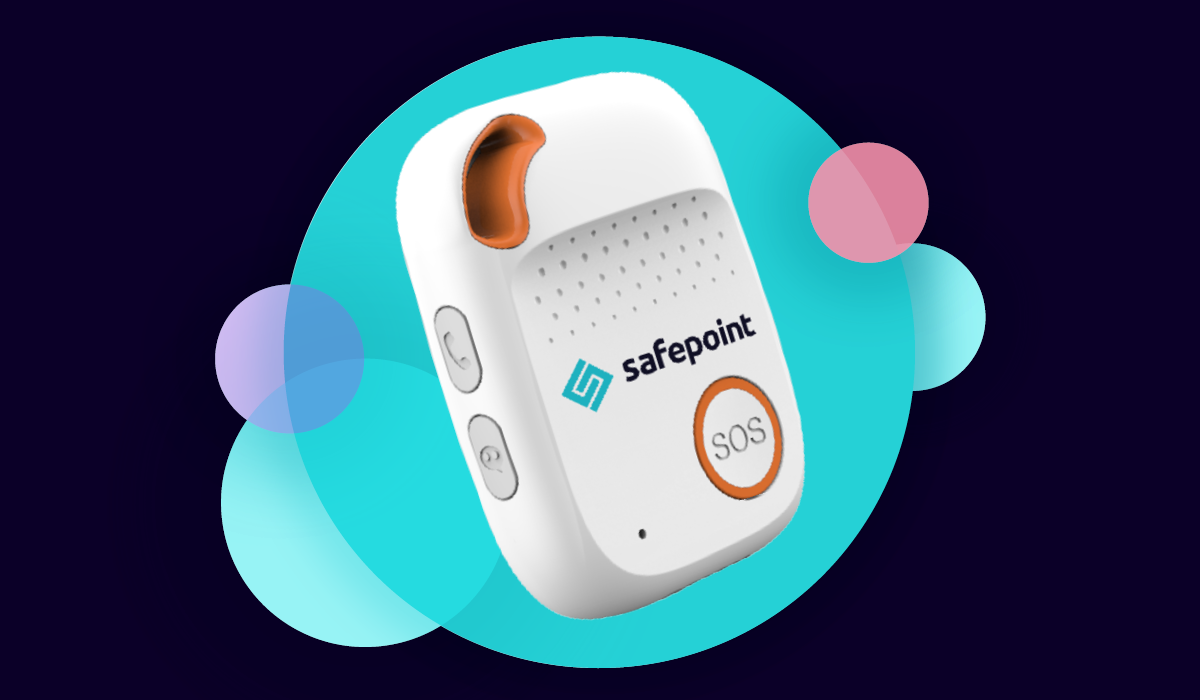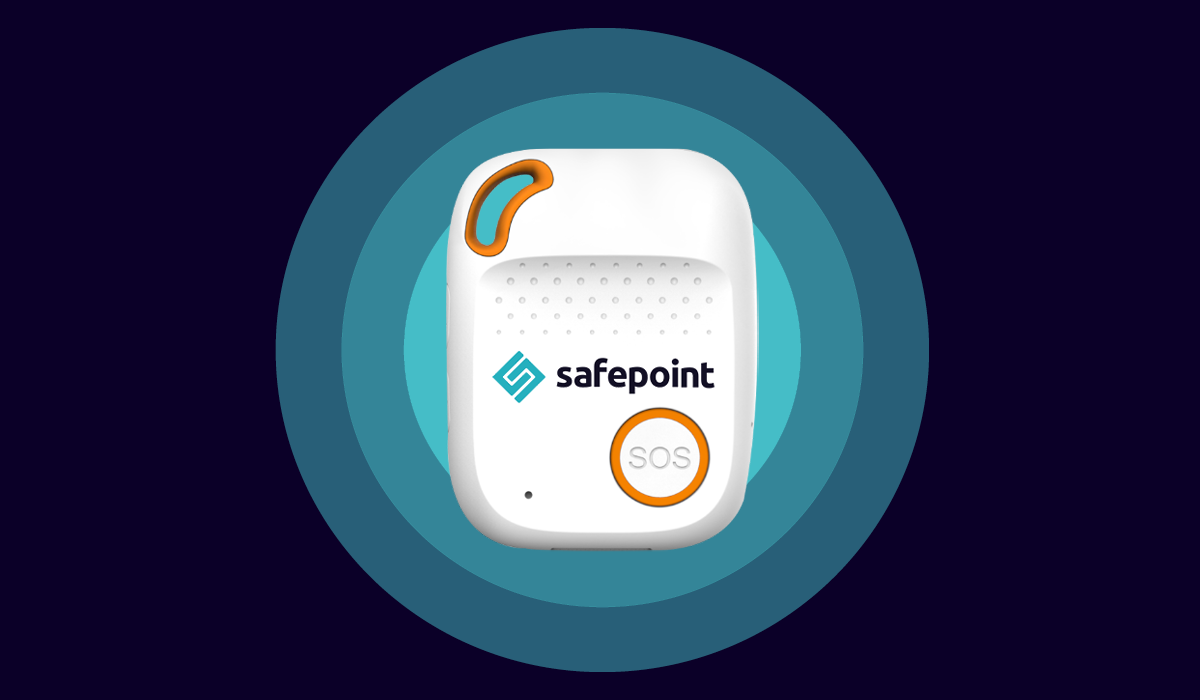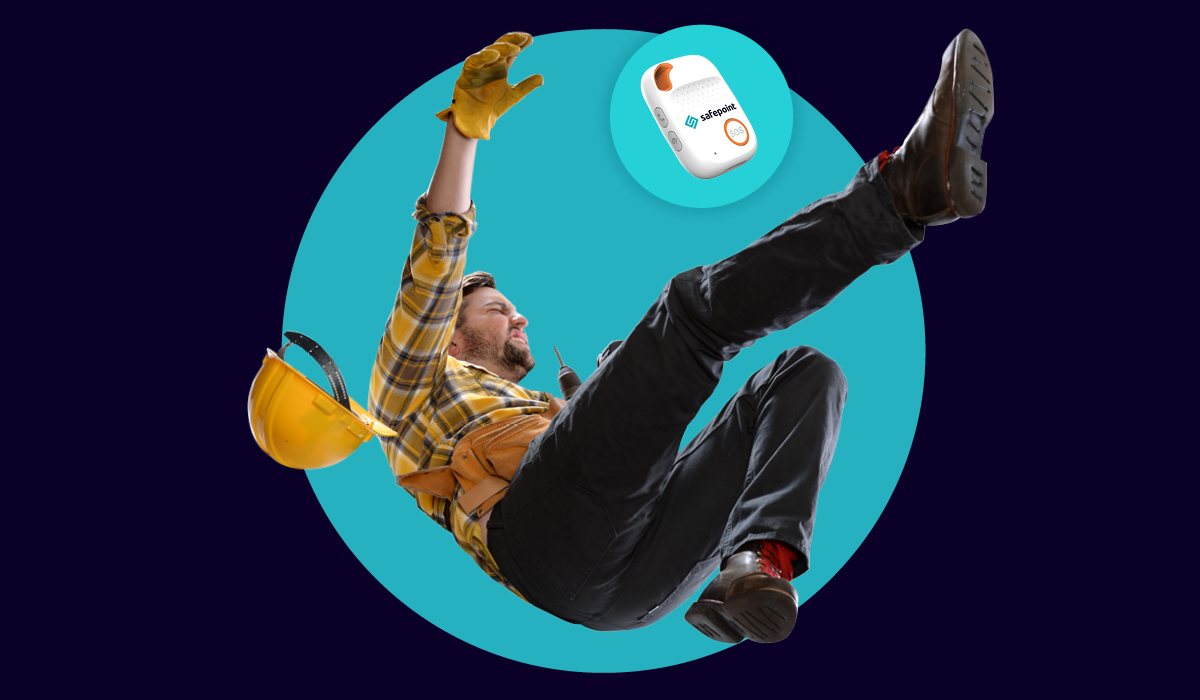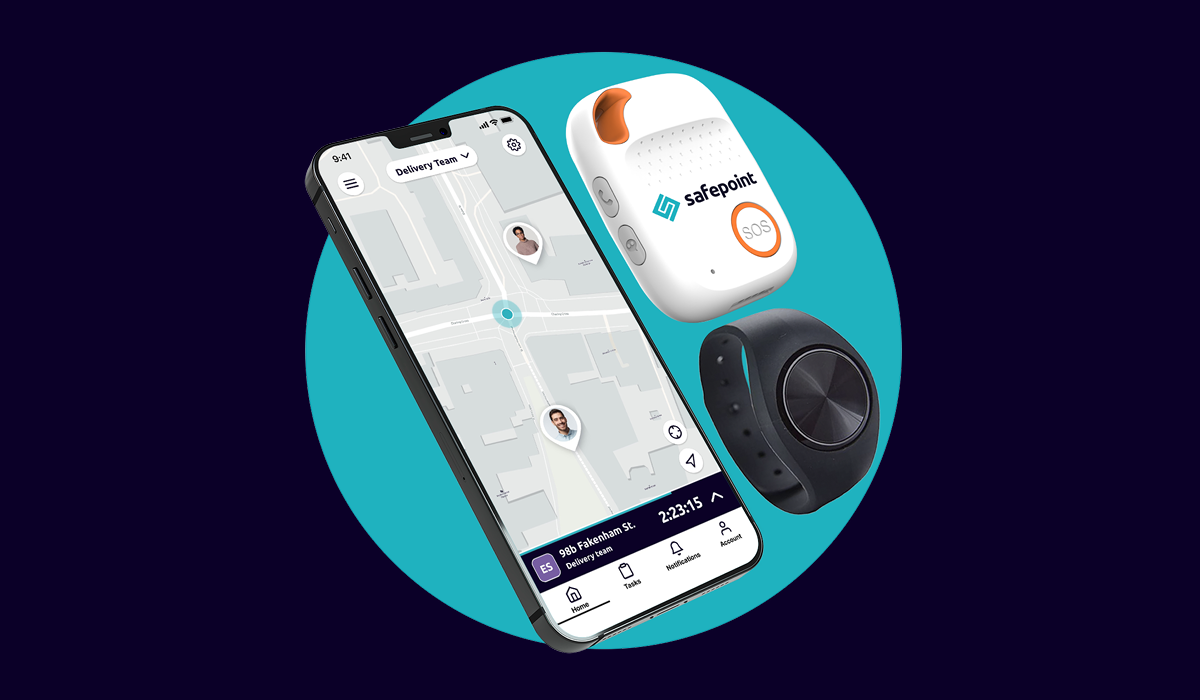Safepoint launches Lone Worker Device
Multi-award-winning safety brand Safepoint has launched its first-ever standalone Lone Worker Device. Safepoint hopes that this new device will offer new ways for the premium safety brand to help frontline workers.
The move comes seven years after the company first set out to “shake up” the health and safety sector with a focus on innovative, quality products and services such as its flagship Lone Worker App.
Diverse lone working needs
Safepoint protects thousands of workers across every kind of industry. The launch of their new Lone Working Device reflects the diverse needs of those workers.
“No two lone workers are the same.” States Safepoint CEO, Callum Coombes, “While we set out to build the world’s best lone working app, and we’re proud of the myriad of ways that has served working people, we know that some people will benefit from a dedicated device”
Reflecting the diversity of lone worker needs is a crucial inspiration behind this new product launch. While the Safepoint App makes it easy for lone workers to share their jobs with their teams, check in and out and stay connected throughout their day, the Lone Worker Device instead focuses on critical moments of threat.
How does the Lone Worker Device work?
The Safepoint Lone Worker Device can be worn on a lanyard or clipped to a shirt. It consists of a two-way speaker, a large SOS button, and lots of smart, hidden features.
When a worker sends out an alert, either by tapping their SOS button, or through a number of automatic triggers, an alarm is raised at Safepoint’s ADT-powered Alarm Receiving Centre.
Within seconds, the alert will be processed and a trained security agent will dial the device directly, opening up an instant two way conversation. Unlike conventional mobile phones, the device connects automatically –making it easier for people in potentially-dangerous situations to respond.
If one of Safepoint’s security responders feels their is a genuine threat, they are trained and qualified to work with the emergency services to provide a prioritised response.
Multi-network SIM
The Lone Worker Device comes with an inbuilt multi-network SIM card, which uses the UK’s four biggest networks to provide the best mobile coverage available.
The multi-network SIM provides huge benefits for people who work in areas of low signal and for those who travel across the country.
Five days’ battery life
The Lone Worker Device has up to five days’ battery life and comes with a charging dock.
For those working long shifts or who go on long trips, having a dependable device with a huge battery life will bring real peace of mind.
Having a dedicated device also means that workers can use their phone as normal, without worrying about draining their battery.
Multiple alert types
The Lone Worker Device doesn’t just offer manual SOS alarms. You can also opt-in to fall detection, tilt detection and geofencing alarms.
Fall detection and tilt detection are both variations on what is traditionally called a “man-down” alarm. While fall-detect helps those at risks of slips, trips and impacts, tilt-detection alerts whenever the device is tilted beyond a certain angle –meaning that it captures a wider array of issues.
Geofencing allows users to select “safe zones” and “danger zones”. When a user leaves a safe zone or enters a danger zone, an alert is automatically triggered.
Whether a team wants to go with fall, tilt or geofence alarms are entirely up to them.
The Lone Worker Device as part of the Safepoint ecosystem
Safepoint’s Lone Worker device is designed to be a truly “all-in-one” solution. Lone workers can grab their device, head off on a job and, if there is an issue, trigger an alert that is swiftly quickly and professionally handled by Safepoint’s ADT-backed Alarm Receiving Centre.
If companies want to be more hands-on with how their teams use the Lone Worker Device, however, they will find it works perfectly with the rest of the Safepoint system.
For instance, while all Device alarms are handled by Safepoint’s Alarm Receiving Centre, a company’s assigned team leaders will be able to see them within their Safepoint App or Safepoint Desktop Portal.
Moreover, these company team leaders can use the Safepoint system to see all device details alongside any Safepoint App users. They can also see any historic alerts and manage all their users.
This means a company could use a mix of Lone Worker Apps, Devices, and Wearable Panic Alarms depending on what best suits their needs.
Location Beacons
The Safepoint ecosystem is set to grow even further, with the release of the Location Beacons next year.
These small, easy to implement beacons can be stuck to walls, furniture or vehicles and work to provide even better location data for the Lone Worker Device.
For instance, a hotel may place a beacon in every guest room, and label them by the room’s name and floor.
If a cleaner then sets off an alarm, the responder would not just see their GPS location, but also “Room 7, Floor 2”. This can massively help speed up the first-response.
Safepoint Portal
The Safepoint Portal has already been updated to support the new Lone Worker Devices. Next year, however, will see a massive update to the Portal to coincide with new solutions like the Lone Worker Device and the Location Beacon.
“We took this opportunity to rebuild the Portal from the ground-up…” Says Chief Technical Officer, James Rogers, “And it’s not just users of the new solutions that will benefit. We’ve redesigned the onboarding, dashboard, the analytics, everything. We’ve learnt a lot in the last seven years and so every aspect of the portal has been rethought and redesigned to better meet the high standards Safepoint is known for.”
To see the Lone Worker Device for yourself, as well as all its accessories and other solutions, head to the store.








